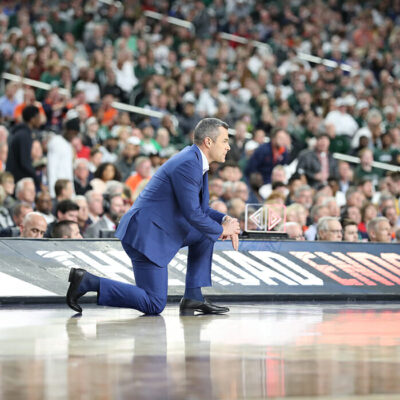A second Albemarle County intersection is set to be equipped with red light cameras after years of discussion and studies, and while the expansion of the photo ticketing program enjoys wide support on the Board of Supervisors, not everyone is happy about it.
Police and county officials have enthusiastically announced the installation of cameras at the intersection of Route 20 and Route 250 on Pantops more than once, only to have progress stall as more traffic studies were ordered. But police are now confident that using cameras at the intersection will be effective and safe, and reported that a survey conducted in February by Redflex, the contractor that installed the cameras at Rio Road and Route 29 in 2010, counted 351 red light violations there in 12 hours.
But Rio supervisor Brad Sheffield said he has qualms about doubling down on a system he thinks doesn’t address underlying safety issues.
“We should be putting money into the infrastructure and trying to solve the problems, not make money off the problems,” he said.
Also in question is just how much money the camera systems will continue to generate for the county. The array at Rio and Route 29 has allowed police to issue an average of 5,388 red light violation summonses per year since the cameras were installed there, each of which comes with a $50 fine.
But a fixed amount of that money goes back to Redflex—and it’s a lot. The county pays the company a per-camera fee that adds up to $9,300 a month, a number confirmed by county attorney Larry Davis, for a total of $111,600 per year.
Meanwhile, the net amount generated for the county by the cameras has dropped from $82,787 in 2011 to $54,100 in 2014, according to data presented to the board this month. It’s not clear whether people contesting or failing to pay the fines is responsible for eating up some of the county’s potential revenue; that data was unavailable at press time.
Revenues actually went down by more than $3,000 between 2013 and 2014, even though the number of summonses issued actually ticked up slightly. Albemarle County Police spokeswoman Carter Johnson said that may be due to the fact that it can take several months to realize the revenue from summonses: If a large number were issued in November and December, she said, the revenues would likely show up in the following year.
Sheffield said he’s not convinced the original cameras will keep paying for themselves for long, especially once they’re moved to a different Route 29 intersection after the construction of a grade-separated interchange at Rio.
“Red light cameras took off during the recession because money dried up to do infrastructure changes,” he said. With the county’s financial situation improving, he thinks it’s time to focus on the roads themselves.
Supervisor Ann Mallek said she wants to see road improvements, too, but “they’re years away even in the best of scenarios, and I’m unwilling to put people at risk in the meantime.” And declining revenues don’t bother her: That means people are getting the message, she said. The county has the freedom to pull the plug on the program and remove cameras whenever it wants to with no penalty, she pointed out.
“That’s the wonder of this whole system,” she said.
The intersection of Route 20 and Route 250 on Pantops is set to become the second Albemarle interchange equipped with red light cameras.





